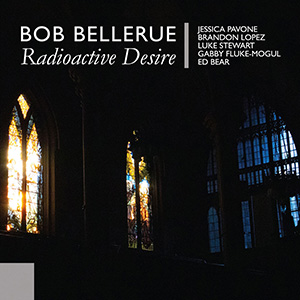 Described as "free chamber music in feedback environments," this massive double CD from New York based artist Bob Bellerue is a perfect blend of structure, improvisation, and chance. Based around rough compositional structures, but left wide open to improvisation, the five instrumentalists, along with Bellerue helming electronics and production, create a massive noise that distinctly reflects the time, place, and conditions in which this material was recorded.
Described as "free chamber music in feedback environments," this massive double CD from New York based artist Bob Bellerue is a perfect blend of structure, improvisation, and chance. Based around rough compositional structures, but left wide open to improvisation, the five instrumentalists, along with Bellerue helming electronics and production, create a massive noise that distinctly reflects the time, place, and conditions in which this material was recorded.
Recording in two sessions on July 29 and 30 of 2020 at the First Unitarian Congregational Society of Brooklyn, the physical space in which the performance occurred works like another piece of the ensemble. The players, including saxophonist Ed Bear, double bassists Brandon Lopez and Luke Stewart, violinist Gabby Fluke-ogul, and viola/organist Jessica Pavone all appear together on three of the six pieces (two of them are Bellerue solo, and one features just him and Pavone on organ), but even in these three works, it is often hard to discern specific players.
The expansive, bleak "The Longest Year" does have some identifiable buzzing strings from Fluke-Mogul and Pavone, but the space and production give it an unnatural, otherworldly color to the sound. The scraping and grinding sounds build into dense clusters not unlike some of Hermann Nitsch's early scores. "Bass Feedback" is, unsurprisingly, bass heavy, but also has some painfully shrill sections as well. Instrumentation is obvious at times, but the focus is on the abstract tones. The title piece shifts from harsh, distorted sax to scraped strings and a nasal insect buzz, later bouncing between horror film strings and dense noise walls.
“Organ Feedback,” featuring just Bellerue and Pavone, is the closest to melody that Radioactive Desire gets. At times almost synth-like, the layered tones blend together beautifully through the rather steady overall dynamic. On the other hand, Bellerue's two solo pieces are far closer to harsh noise than anything else. “Empty Feedback,” which is just room noise and unattended instruments, builds from hissy buzzes to machinery like hums to painfully shrill feedback. Everything from stabbing high frequencies to dense steady walls of sound appear. The near 40-minute conclusion "Metal Gambuh" is just that: a suling gambuh flute, metal, and feedback. Bathed in heavy natural reverb, it is a violent outburst of frustration, with oppressive sub bass underscoring the fuzzy crackles and droning noise.
Radioactive Desire is by its very nature an intense work. Recorded in a massive space, in oppressive summer temperatures after a long stretch of lockdown, and spreading out over two hours, there is a lot to absorb. With Bellerue leading the five performers in their improvisation, the intensity of this work is not just in the composition, but in the performance, as well as the space in which it was recorded. Everything is huge, but with such nuance that it never becomes too much to take in, with Bellerue's guiding hand beautifully guiding the material through all its disparate facets.
Samples can be found here.


 In 2010, the Opium Warlords’ MySpace page claimed they sound like "a bad Bolivian Metal band practicing a riff.” Fair enough, but at times their ponderous, doom-laden, brooding, drone-metal shows signs of being more than just another fatberg clogging the sewers of musical culture. My introduction to the group was Live At Colonia Dignidad. Nembutal is a better produced recording, with more variation in speaking, singing, and what sounds like movie dialogue samples. The pest of cliched lyrics such as on “Destroyer of Filth,” is laughable and disappointing, because at other times the words are mysterious and intriguing, sung powerfully and with room to breathe. In those moments, allied with portentous guitar work and a contemplative tempo, Nembutal is nicely out of sync with the flashy haste of modern life.
In 2010, the Opium Warlords’ MySpace page claimed they sound like "a bad Bolivian Metal band practicing a riff.” Fair enough, but at times their ponderous, doom-laden, brooding, drone-metal shows signs of being more than just another fatberg clogging the sewers of musical culture. My introduction to the group was Live At Colonia Dignidad. Nembutal is a better produced recording, with more variation in speaking, singing, and what sounds like movie dialogue samples. The pest of cliched lyrics such as on “Destroyer of Filth,” is laughable and disappointing, because at other times the words are mysterious and intriguing, sung powerfully and with room to breathe. In those moments, allied with portentous guitar work and a contemplative tempo, Nembutal is nicely out of sync with the flashy haste of modern life.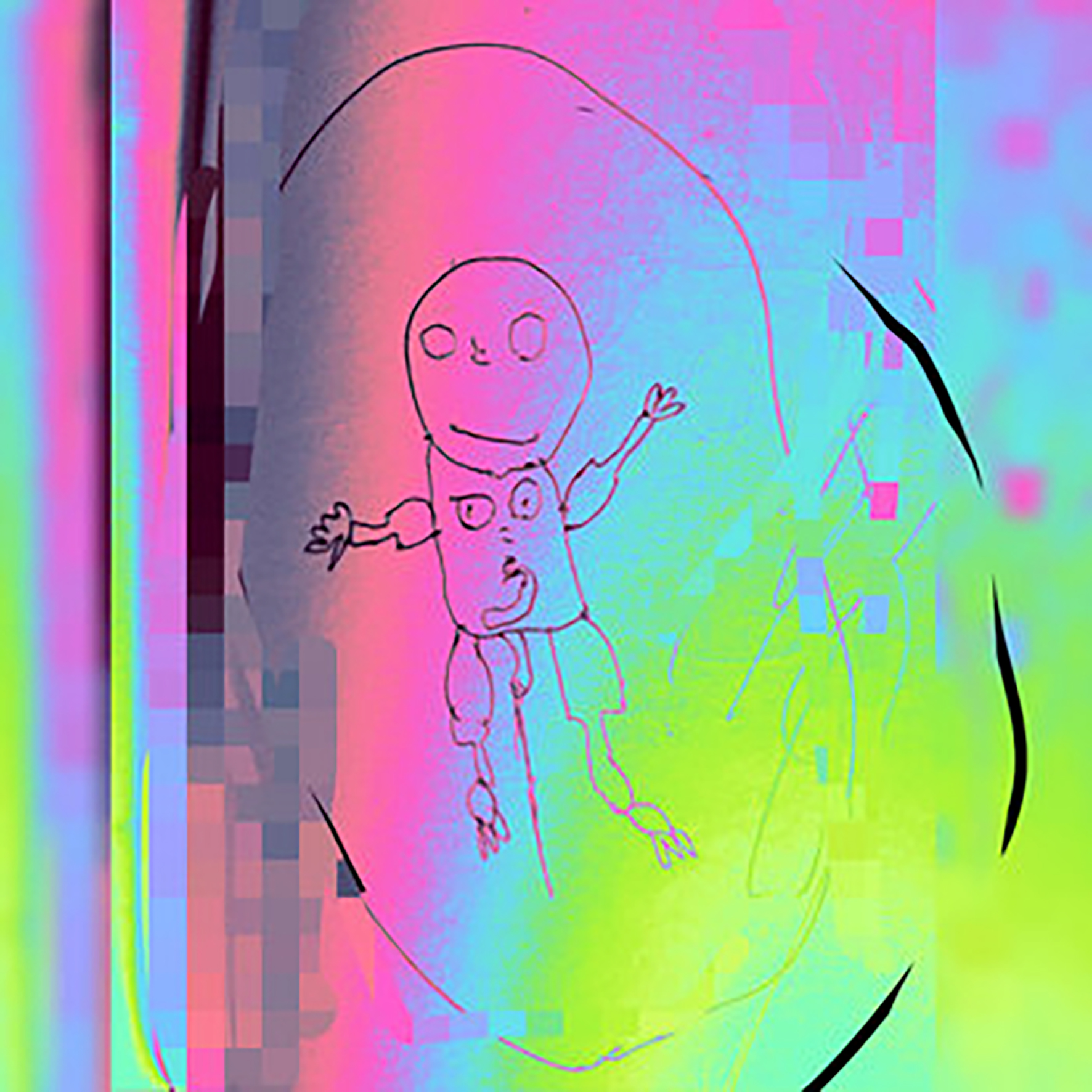 I was not familiar with this Norwegian artist until a few weeks ago, but I find that just about everything on Ireland's wonderfully weird and adventurous Fort Evil Fruit is worth hearing. That seems to be doubly true when an album also features amusingly Cronenbergian child art and a droll Coil reference. Unsurprisingly, Cronenberg and Coil are among Brørby's many influences for this album, but they thankfully do not surface in derivative or unimaginative ways. Instead, Constant Shallowness Leads to Body Horror is an unexpectedly amiable "love letter to taste-defining early influences" presented as a flickering fever dream of Brørby's fond childhood memories of grainy VHS films, surreal late night television commercials, videogames with friends, and the thrill of discovering underground music's weird and shadowy fringes. All of that predictably sounds great to me, but what makes this album even better is that Brørby proves remarkably adept at filtering all of that into a focused, distinctive, and oft-beautiful vision. In its own bizarre way, Constant Shallowness is an outsider pop album, as the heart of these pieces is Brørby's strong melodic sensibility and a real knack for cool percussion. That alone would be enough to make this a strong release, but Brørby went one step further and enveloped his warm, ramshackle, and endearingly lovely pop vignettes in a stammering, obsessive, and phantasmagoric swirl of vividly multidimensional mindfuckery. He is exceptionally good at that last bit, making this one hell of a immersive album.
I was not familiar with this Norwegian artist until a few weeks ago, but I find that just about everything on Ireland's wonderfully weird and adventurous Fort Evil Fruit is worth hearing. That seems to be doubly true when an album also features amusingly Cronenbergian child art and a droll Coil reference. Unsurprisingly, Cronenberg and Coil are among Brørby's many influences for this album, but they thankfully do not surface in derivative or unimaginative ways. Instead, Constant Shallowness Leads to Body Horror is an unexpectedly amiable "love letter to taste-defining early influences" presented as a flickering fever dream of Brørby's fond childhood memories of grainy VHS films, surreal late night television commercials, videogames with friends, and the thrill of discovering underground music's weird and shadowy fringes. All of that predictably sounds great to me, but what makes this album even better is that Brørby proves remarkably adept at filtering all of that into a focused, distinctive, and oft-beautiful vision. In its own bizarre way, Constant Shallowness is an outsider pop album, as the heart of these pieces is Brørby's strong melodic sensibility and a real knack for cool percussion. That alone would be enough to make this a strong release, but Brørby went one step further and enveloped his warm, ramshackle, and endearingly lovely pop vignettes in a stammering, obsessive, and phantasmagoric swirl of vividly multidimensional mindfuckery. He is exceptionally good at that last bit, making this one hell of a immersive album. Sarah Lipstate's latest opus enigmatically borrows its title from a disorder in which those afflicted lose the ability to create mental imagery and associations (it literally translates as "without imagination"). If there is a polar opposite of that disorder, there is a strong probability that Lipstate has it, as Aphantasia is an absolute tour de force of imaginative, vividly realized visions. In fact, there are twenty-two such self-contained visions on the album and very few of them stretch beyond a minute or two in length. That can be a bit exasperating at times, as the most wonderful ideas are often some of the most ephemeral, but the sheer volume of killer motifs on display could have been the framework for four albums of great fully formed songs rather than one dazzling array of brief vignettes. That unusual album structure was entirely by design, of course, as Lipstate viewed each song as a "a short sharp flash," further noting that "if her usual process brought about cinematic results, these were something new – something swift and intriguing." The "something new" is that the album is intended as something akin to a poetry collection, and it succeeds admirably in that light while still remaining extremely damn cinematic regardless. The fragmentary nature of this album will likely garner a somewhat polarized response from fans, but I doubt that anyone will question whether Lipstate is at the height of her creative powers right now.
Sarah Lipstate's latest opus enigmatically borrows its title from a disorder in which those afflicted lose the ability to create mental imagery and associations (it literally translates as "without imagination"). If there is a polar opposite of that disorder, there is a strong probability that Lipstate has it, as Aphantasia is an absolute tour de force of imaginative, vividly realized visions. In fact, there are twenty-two such self-contained visions on the album and very few of them stretch beyond a minute or two in length. That can be a bit exasperating at times, as the most wonderful ideas are often some of the most ephemeral, but the sheer volume of killer motifs on display could have been the framework for four albums of great fully formed songs rather than one dazzling array of brief vignettes. That unusual album structure was entirely by design, of course, as Lipstate viewed each song as a "a short sharp flash," further noting that "if her usual process brought about cinematic results, these were something new – something swift and intriguing." The "something new" is that the album is intended as something akin to a poetry collection, and it succeeds admirably in that light while still remaining extremely damn cinematic regardless. The fragmentary nature of this album will likely garner a somewhat polarized response from fans, but I doubt that anyone will question whether Lipstate is at the height of her creative powers right now.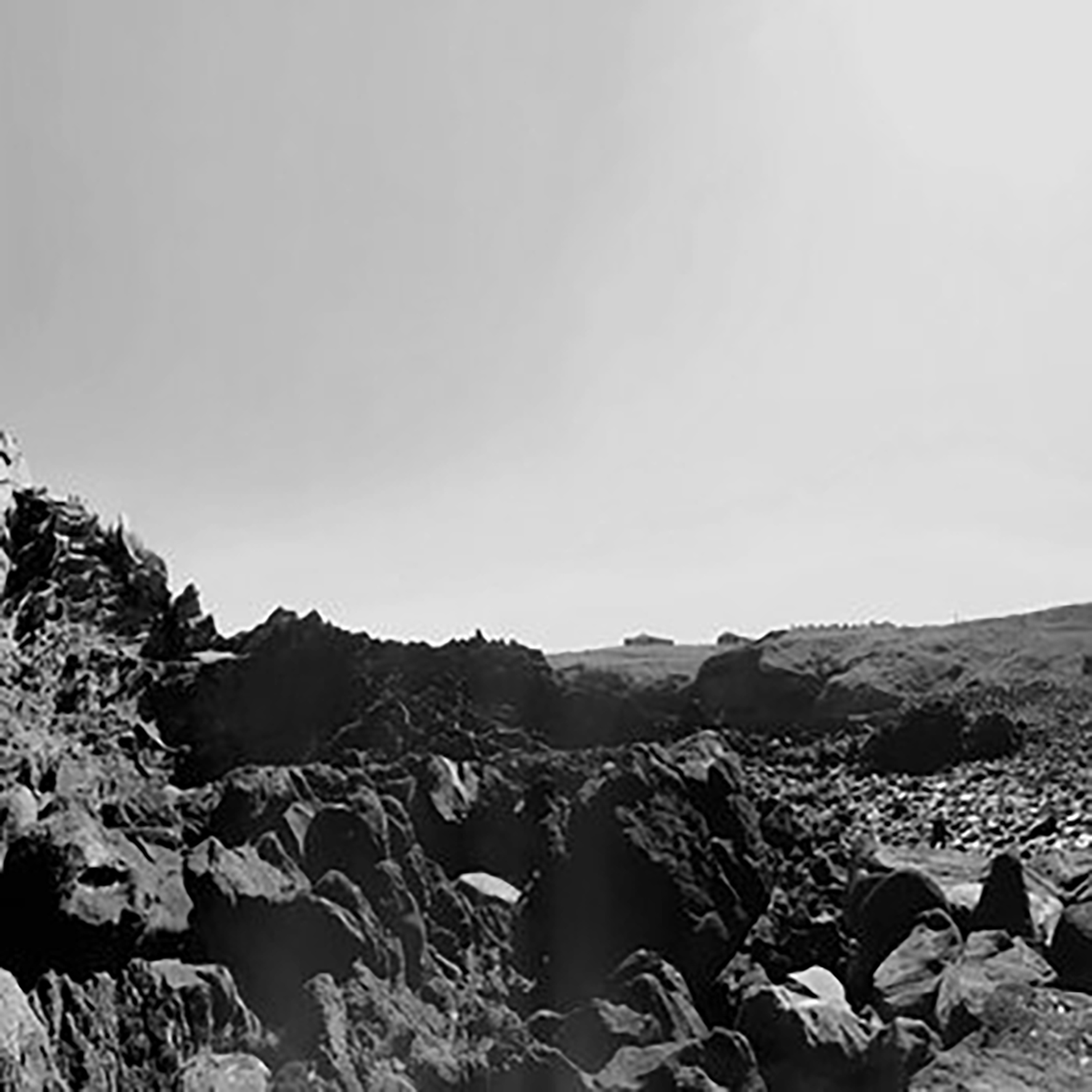 My relationship with Ben Chasny's discography has always been a hit-or-miss one, as some of his albums are very much Not For Me, yet I can think of few other artists who are as intensely committed to endlessly evolving and trying out bold new ideas. This latest release is a prime example of that, as The Veiled Sea can be glibly described as "the album where Ben Chasny unleashes some absolutely face-melting shredfests." In characteristically open-minded fashion, Chasny drew inspiration for this album from an extremely unusual source: "'80s American pop shredder" Steve Stevens, who I knew primarily as Billy Idol's guitarist, but who others may recall from the theme from Top Gun (or Michael Jackson's "Dirty Diana"). Given that Top Gun and contemporary psychedelia seem like a truly deranged collision of aesthetics to bring together, I was a bit apprehensive about this release and expected an audaciously over-the-top album that I would probably only listen to once. Instead, it was something considerably more soulful and compelling than I ever expected, as Chasny swings for the fences on a couple of songs and connects beautifully, crafting a pair of the most perfect pieces of his entire career. There is also a wild Faust cover and some more ambient-minded pieces rounding out the album to varying degrees of success, but the only crucial thing to know about The Veiled Sea is that "Last Station, Veiled Sea" may very well be the "must hear" song of the year in underground music circles.
My relationship with Ben Chasny's discography has always been a hit-or-miss one, as some of his albums are very much Not For Me, yet I can think of few other artists who are as intensely committed to endlessly evolving and trying out bold new ideas. This latest release is a prime example of that, as The Veiled Sea can be glibly described as "the album where Ben Chasny unleashes some absolutely face-melting shredfests." In characteristically open-minded fashion, Chasny drew inspiration for this album from an extremely unusual source: "'80s American pop shredder" Steve Stevens, who I knew primarily as Billy Idol's guitarist, but who others may recall from the theme from Top Gun (or Michael Jackson's "Dirty Diana"). Given that Top Gun and contemporary psychedelia seem like a truly deranged collision of aesthetics to bring together, I was a bit apprehensive about this release and expected an audaciously over-the-top album that I would probably only listen to once. Instead, it was something considerably more soulful and compelling than I ever expected, as Chasny swings for the fences on a couple of songs and connects beautifully, crafting a pair of the most perfect pieces of his entire career. There is also a wild Faust cover and some more ambient-minded pieces rounding out the album to varying degrees of success, but the only crucial thing to know about The Veiled Sea is that "Last Station, Veiled Sea" may very well be the "must hear" song of the year in underground music circles. Newly remastered by Rashad Becker and given a vinyl reissue, Relentless Trills first surfaced on cassette as part of Boomkat's eclectic Documenting Sound series devoted to home recordings made during the pandemic. Given those origins, it makes sense that this full-length debut showcases a very different side of DJ Plead's artistry than his impressive run of oft-killer EPs. Given that, curious listeners intrigued by the Australian producer's unique blend of cutting edge UK dance subgenres with Middle Eastern influences like dabke and mahraganat should probably head to 2020's Going For It EP first to experience the "out-of-control Lebanese wedding party" brilliance of prime DJ Plead before exploring this inspired detour. That said, this surprisingly experimental, stripped-down, and post-punk-adjacent departure from his strengths is quite a compelling listen in its own right. Boomkat's description rightly tosses around adjectives like "humid" and "sensual" to describe this bedroom DIY fantasia of floating Middle Eastern melodies and languorously simmering grooves, but that does not paint the entire picture, as Relentless Trills also masterfully dips its toes in hazy psychedelia, plunderphonics, and a hauntingly beautiful beatless synth piece. The latter ("RT6") unexpectedly steals the show, as DJ Plead (Jarred Beeler) has a remarkably great ear for melody and atmosphere, yet this entire release is quite a singular, propulsive, and (of course) sensually humid experience from start to finish.
Newly remastered by Rashad Becker and given a vinyl reissue, Relentless Trills first surfaced on cassette as part of Boomkat's eclectic Documenting Sound series devoted to home recordings made during the pandemic. Given those origins, it makes sense that this full-length debut showcases a very different side of DJ Plead's artistry than his impressive run of oft-killer EPs. Given that, curious listeners intrigued by the Australian producer's unique blend of cutting edge UK dance subgenres with Middle Eastern influences like dabke and mahraganat should probably head to 2020's Going For It EP first to experience the "out-of-control Lebanese wedding party" brilliance of prime DJ Plead before exploring this inspired detour. That said, this surprisingly experimental, stripped-down, and post-punk-adjacent departure from his strengths is quite a compelling listen in its own right. Boomkat's description rightly tosses around adjectives like "humid" and "sensual" to describe this bedroom DIY fantasia of floating Middle Eastern melodies and languorously simmering grooves, but that does not paint the entire picture, as Relentless Trills also masterfully dips its toes in hazy psychedelia, plunderphonics, and a hauntingly beautiful beatless synth piece. The latter ("RT6") unexpectedly steals the show, as DJ Plead (Jarred Beeler) has a remarkably great ear for melody and atmosphere, yet this entire release is quite a singular, propulsive, and (of course) sensually humid experience from start to finish. Room40 continues its campaign to celebrate this Argentinian composer's underheard body of work with a second volume of selected pieces very different from the voice- and field recording-centric fare of last year's Echos+. That said, Canto+ does share its predecessor's curatorial aesthetic of combining pieces from her more prolific ‘70s heyday with more recent work and the differing eras sit quite comfortably together. To some degree, Canto+ feels like a very synth-driven album, as there are plenty of modular synth sounds and textures fluttering and chirping around, but nailing down an overarching vision that unites these pieces is surprisingly elusive, as every piece is full of unexpected and surreal detours into unfamiliar terrain. In fact, that elusiveness is arguably what most defines Ferreyra's work the most here, as a major recurring theme of Canto+ is the organically fluid and oft-surprising way in which these pieces evolve: they never linger very long in familiar melodic or structural territory, yet they always wind up getting somewhere unique and compelling. Of the two Room40 collections, I still prefer Echos+ as a whole, but a piece like "Canto del loco (Mad Man's Song)" would probably be a highlight on just about any release (Ferreyra-related or otherwise). Ferreyra's vision can admittedly be challenging at times, but the rewards make it a journey well worth taking.
Room40 continues its campaign to celebrate this Argentinian composer's underheard body of work with a second volume of selected pieces very different from the voice- and field recording-centric fare of last year's Echos+. That said, Canto+ does share its predecessor's curatorial aesthetic of combining pieces from her more prolific ‘70s heyday with more recent work and the differing eras sit quite comfortably together. To some degree, Canto+ feels like a very synth-driven album, as there are plenty of modular synth sounds and textures fluttering and chirping around, but nailing down an overarching vision that unites these pieces is surprisingly elusive, as every piece is full of unexpected and surreal detours into unfamiliar terrain. In fact, that elusiveness is arguably what most defines Ferreyra's work the most here, as a major recurring theme of Canto+ is the organically fluid and oft-surprising way in which these pieces evolve: they never linger very long in familiar melodic or structural territory, yet they always wind up getting somewhere unique and compelling. Of the two Room40 collections, I still prefer Echos+ as a whole, but a piece like "Canto del loco (Mad Man's Song)" would probably be a highlight on just about any release (Ferreyra-related or otherwise). Ferreyra's vision can admittedly be challenging at times, but the rewards make it a journey well worth taking.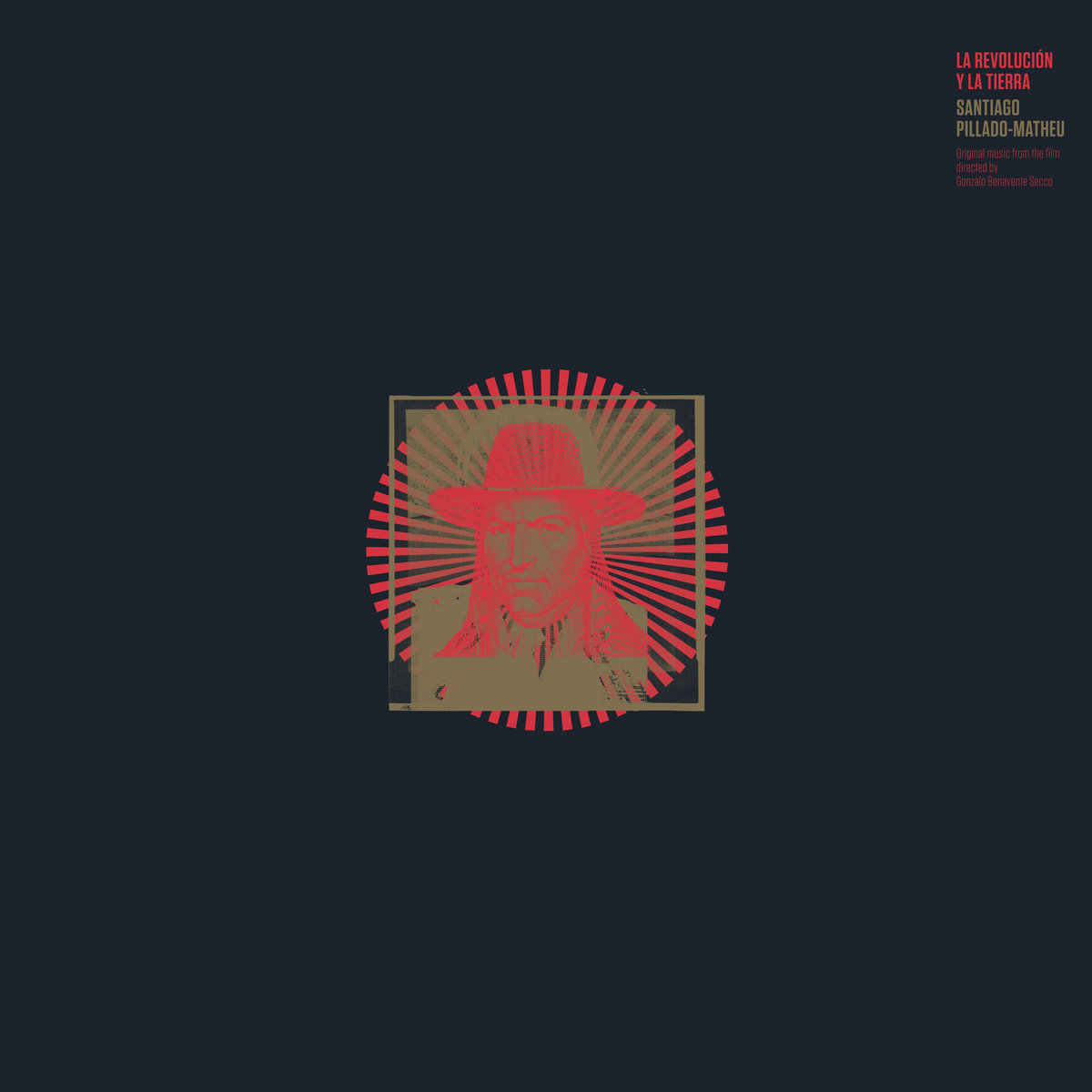 In Peru, Gonzalo Benavente Secco’s controversial documentary La revolución y la tierra, has drawn huge cinema audiences, perhaps because its subject, the 1969 Land Reform Act, still bitterly divides opinion more than fifty years later. So much so that TV Peru bowed to pressure and refused to broadcast the film, which skillfully folds scenes from old Pervuian films into the mix, in the run up to the elections of 2021. Santiago Pilado-Matheu’s deceptively simple soundtrack uses ambient electronics, loops, dubby Afro-Latin rhythms, Andean drone and melody, film dialogue, and speech excerpts by peasant leaders, to create a comforting yet sinister landscape of memory.
In Peru, Gonzalo Benavente Secco’s controversial documentary La revolución y la tierra, has drawn huge cinema audiences, perhaps because its subject, the 1969 Land Reform Act, still bitterly divides opinion more than fifty years later. So much so that TV Peru bowed to pressure and refused to broadcast the film, which skillfully folds scenes from old Pervuian films into the mix, in the run up to the elections of 2021. Santiago Pilado-Matheu’s deceptively simple soundtrack uses ambient electronics, loops, dubby Afro-Latin rhythms, Andean drone and melody, film dialogue, and speech excerpts by peasant leaders, to create a comforting yet sinister landscape of memory.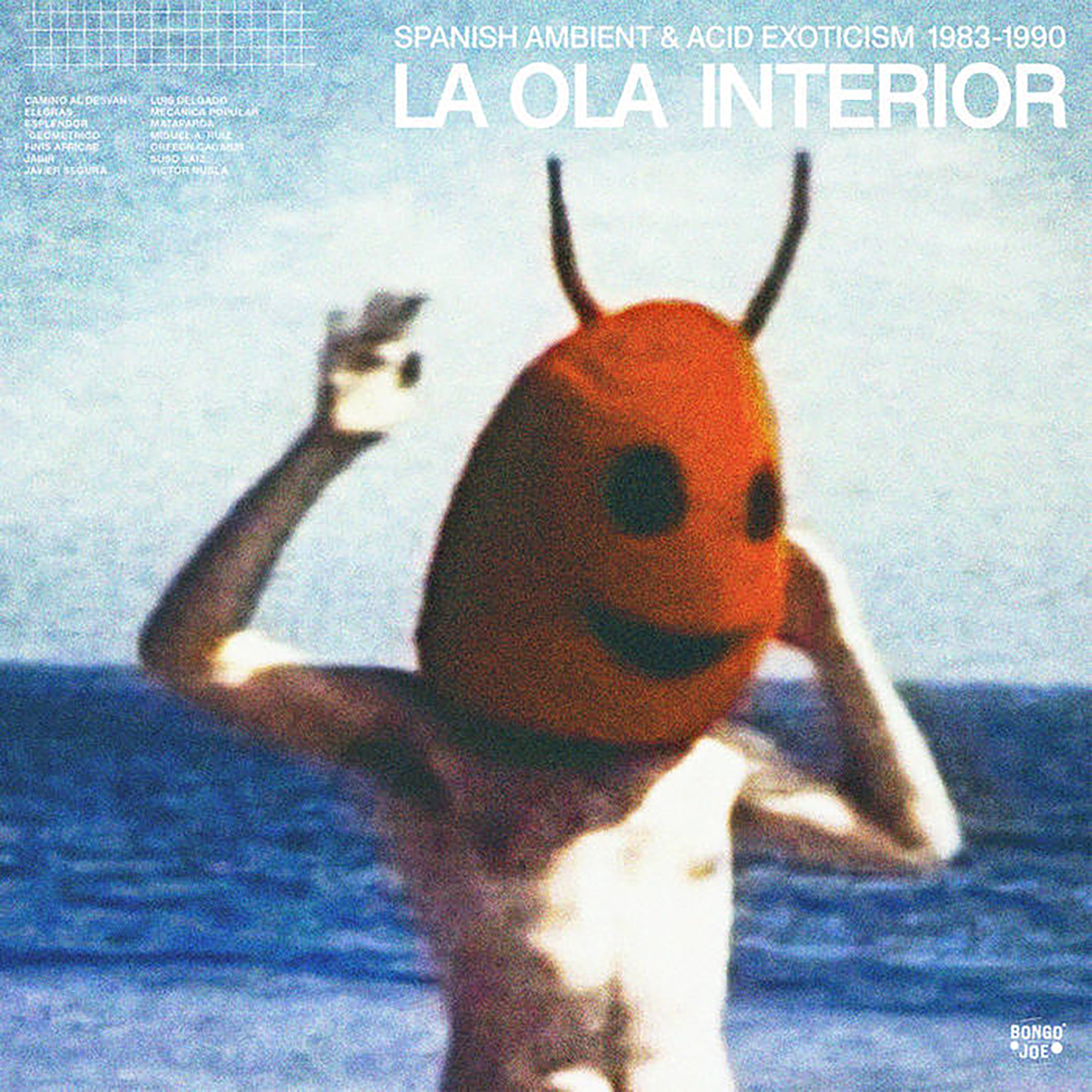 Since the invention of cassette tapes, every country has had its own independent tape scene—whether independent musicians with limited release output via the medium or distributors sharing music under harsh conditions. Spain is particularly distinct in this time since, following the death of dictator Francisco Franco the prior decade, the country's creative class was reawakened and allowed to flourish. This tasty compilation from Swiss label Bongo Joe harnesses this movement, focusing on an array of Spanish and Spanish-related electronic music released between 1983 and 1990 that bleeds exoticism rooted in ambient investigations. The compilation succeeds at painting a picture of a lesser-known world of Balearic mysticism with Ibiza-influenced beats and treatments.
Since the invention of cassette tapes, every country has had its own independent tape scene—whether independent musicians with limited release output via the medium or distributors sharing music under harsh conditions. Spain is particularly distinct in this time since, following the death of dictator Francisco Franco the prior decade, the country's creative class was reawakened and allowed to flourish. This tasty compilation from Swiss label Bongo Joe harnesses this movement, focusing on an array of Spanish and Spanish-related electronic music released between 1983 and 1990 that bleeds exoticism rooted in ambient investigations. The compilation succeeds at painting a picture of a lesser-known world of Balearic mysticism with Ibiza-influenced beats and treatments. The latest from Italy's New Candys blasts immediately from the gate with an ear-candy combination of pulsating synth and massive drums, bass to match, and world-weary vocals before exploding into millions of crystalline guitar chords coated in fuzz-drenched reverb, resulting in what is quite possibly the most danceable tune the group has ever crafted. All the psyched-out power of prior releases exists, but their fourth full-length comes with the added bonus of cleaner production, allowing the powerhouse rhythm section to step forward amidst what feels to be a recharged songwriting team. Vyvyd becomes less a title and more an experience.
The latest from Italy's New Candys blasts immediately from the gate with an ear-candy combination of pulsating synth and massive drums, bass to match, and world-weary vocals before exploding into millions of crystalline guitar chords coated in fuzz-drenched reverb, resulting in what is quite possibly the most danceable tune the group has ever crafted. All the psyched-out power of prior releases exists, but their fourth full-length comes with the added bonus of cleaner production, allowing the powerhouse rhythm section to step forward amidst what feels to be a recharged songwriting team. Vyvyd becomes less a title and more an experience.
